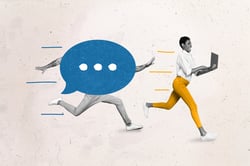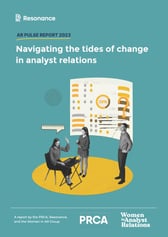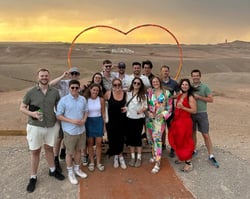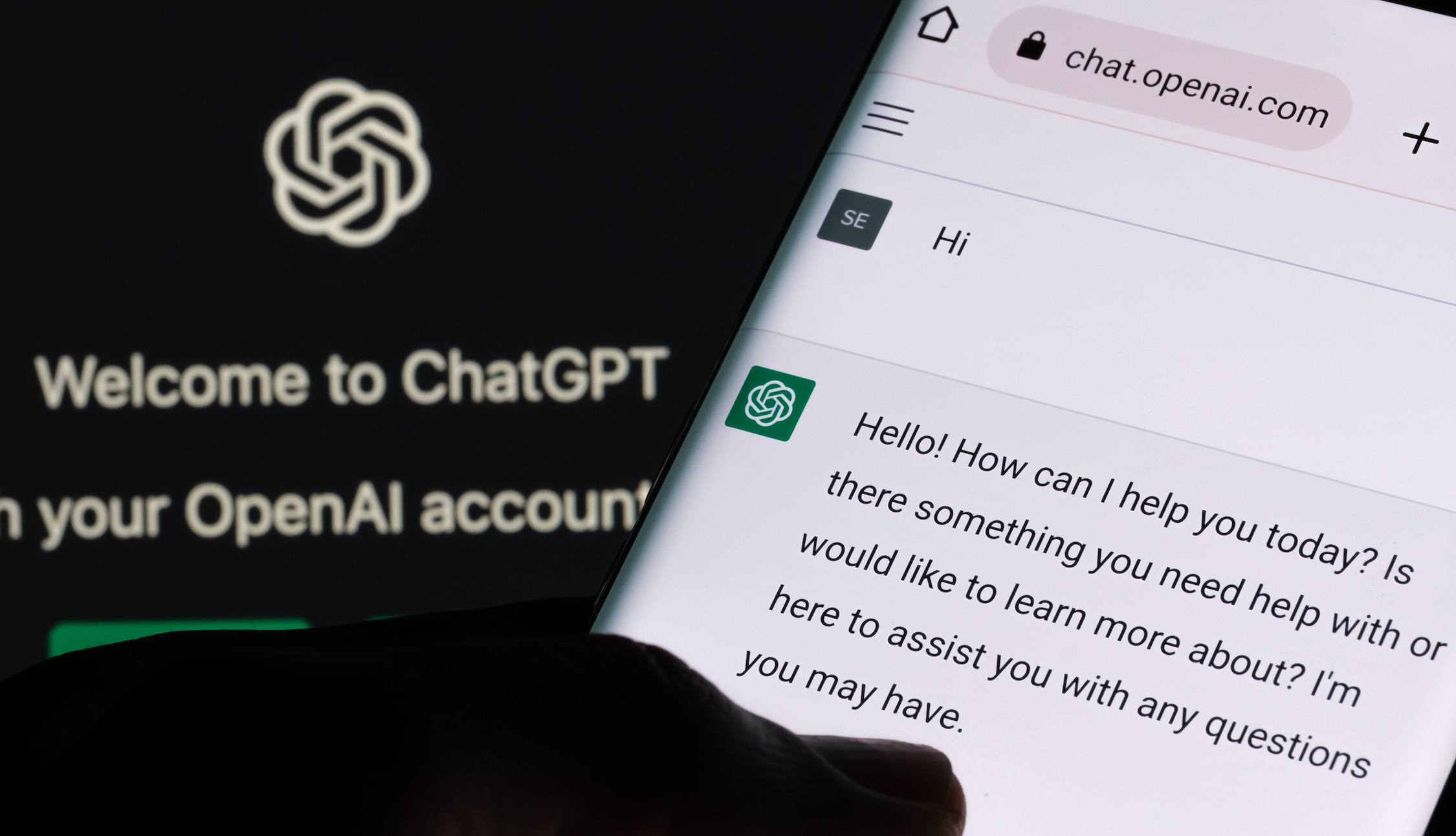Up until 2023, one of the most controversial pieces of education technology that entered the classroom was undoubtedly the calculator. The first handheld calculator was the Cal Tech prototype by Texas Instruments which was invented in 1967 and would output calculations onto paper tape. By the late 1970s, electronic calculators were affordable and commonplace. However, in education, the calculator was considered cheating right up until the 1980s – how could pupils learn mathematics if they relied on a machine to do the tough mental arithmetic?
Fast forward to 2023 and generative AI, specifically ChatGPT, is the latest controversy in the classroom. Students up-and-down the country and getting AI to write their essays on topics from Shakespeare to the formation of the United Nations. Undoubtedly, it’s the talk of the teacher’s common room.
Is using ChatGPT to write a student’s essay cheating? Well, yes – if they are passing it off as their own work then of course. Is it the future of content writing? Yes, definitely – it’s clear this is the future; the days of standing in front of a blank piece of paper unsure of where to start are over. And the problem is that it’s the dream ticket for a student trying to get their homework finished as quickly as possible. But this poses a dilemma for schools and universities. After all, the arms race of plagiarism detectors versus generative AI is plainly doomed to failure.
The content creation process has permanently changed – and the change has happened faster than anyone could have imagined.
In PR, we often talk about content being at the core of what we do. It’s true, the very definition of communications is the transmission of information. Just as educational institutions need to work out how to work with these tools, so too does the communications industry. But I don’t think that changes anything for us as PRs – there’s good content and there’s bad content, and our job is to create good content: content that is meaningful and reinforces brand messaging. Content that is useful and informative to your target buyer. In that context, nothing has changed; as a team we work to meld raw content into the polished article. But it does mean that the public relations industry has a very exciting new tool in its PR toolbox.
But it’s still very much the early days of generative AI. It has taken everyone by surprise – and that includes the world’s media which is still reporting on it open-mouthed with incredulity. It certainly includes teachers. But the current shortcomings of the technology are quite severe – it is confidently wrong on many topics and it has a tendency to invent information. So it needs to be used with caution.
Every piece of PR work comes down to time and value – a simple equation. How much time (and therefore budget) does it take to create? How much value does it deliver? So if we can reduce the time it takes to create a piece of good content, we can deliver more value for a certain budget. And it is this point of delivering more value within a certain budget that makes ChatGPT and its generative AI cousins very exciting for the PR industry.



 "The intricacies of the data-driven landscape is written into the DNA of Resonance. We are built for the data economy."
"The intricacies of the data-driven landscape is written into the DNA of Resonance. We are built for the data economy.".jpeg?width=250&height=181&name=AdobeStock_565367297%20(1).jpeg)
 "In Tech PR we have a front row seat to the changing technology landscape. From Generative AI to Quantum, it's our job to insert our clients' voices into the narrative"
"In Tech PR we have a front row seat to the changing technology landscape. From Generative AI to Quantum, it's our job to insert our clients' voices into the narrative"



 "In a world where the only constant is change, how do tech brands stay one step ahead of the market? That's where Resonance comes in"
"In a world where the only constant is change, how do tech brands stay one step ahead of the market? That's where Resonance comes in".png?width=219&height=219&name=Seb%20Moss%20wavelength%20thumbnail%20(1).png)

 "Resonance is a group of technology, business and communications experts"
"Resonance is a group of technology, business and communications experts"


 Tom Fry
Tom Fry
